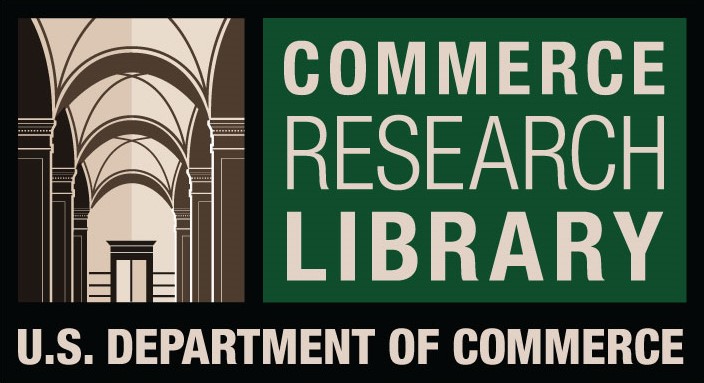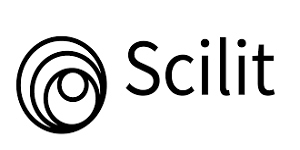ALTERNATIVE METHODS OF TEACHING PHYSICS
DOI:
https://doi.org/10.61841/wn70nb60Keywords:
teaching physics,, folk games, board work, power point presentation, experiential learningAbstract
that students learn better makes the effort of meeting the challenges worthwhile. To meet this, the study “Alternative Methods of Teaching Physics” may contribute. The study is modeled by incorporated indigenous folk motifs into modern forms. The researcher identified folk games that can demonstrate physics principles and designed class instructions in teaching physics using folk games, power point presentation, and lecture with board work. The purpose was to determine and compare the performance of physics students.All participants were given opportunities to experiential learning. However, males tended to be underrepresented. Subjects were in their typical age in college, many were “above average”. Performance levels improvedamong different groups.All had comparable performance but significantly improved only in groups between “below” and “above” average.Three instructional methods stand out. It has shown to be effective in raising attainment and contributes to increased student motivation because instructional approaches used has maximized student learning. Pedagogy for physics learning could be more effective and inclusive when physics is taught and learned in contexts in which students can make links between their existing knowledge, experiences and when students are engaged in thinking physics during the learning tasks.If a follow-up study will be pursued, it might make links more evident.
Downloads
References
1. Gabao, L., Sayaw Dances of the Philippine Islands. Philippine Folk Dance Society. Manila. 2003
2. Ibe, M. D. Searching for Model Schools. Effective Practices in Science and Mathematics Education: A Benchmarking Project. Major Project. 2004.
3. Tan, M. C. Science Education in the Philippines: Where To? Current Challenges in Basic Science Education. 2009
4. Addison Wesley Conceptual Physics. Addison Wesley Publishing Company, Inc.
5. Ogena, E. B. Effective Practices in Science and Mathematics Education: A Benchmarking Project Major Report. Department of Science and Technology. Science Education Institute. 2004
6. Schreiner and SjØberg. Rose Review. Current Challenges in Basic Science Education. UNESCO. Education Sector.2009
7. Liopis, R.; Edwards, M.; and Llorens, J.A. Universidad Politecnica de Valencia; Garcia Gregorio, M.G. Centro de Formacion de Profesores (CEFIRE) and Pelegero, V. Museo de Ciencias Principe Felipe, all Valencia Spain.Networks and Practice Communities for Improving Motivation and Learning in Science & Technological Educati
8. Qiu, Y.P.. Responsibility of the Government in the Construction of Teacher Educational Practice Base.
Computer Intelligent Computing and Rducation Technology- Liu, Sung & Yao (Eds) @2014 Taylor & Francis Group, London, ISBN 978-1-138-02469-4
9. The New Webster’s Dictionary of the English Language. Polinex International Publication, Inc..2004.
10. Encarta Yearbook, February 1998.Microsoft ® Encarta ® 2009. © 1993-2008 Microsoft Corporation
11. Slavin, Robert E. Educational Psychology: Theory and Practice. Pearson Education, Ic., New Jersey: Allyn & Bacon, 1995.
12. Addison Wesley Conceptual Physics. Addison Wesley Publishing Company, Inc
13. Study.Com. Analysis Of Variance (ANOVA): Examples, Definition & Application.2003-2015.
14. Savater. Schooling, Science and Culture. Current Challenges in Basic Science Education. UNESCO. Education Sector.2009.
15. A. Beiser, A. Applied Physics 2/ed.
16. A. Beiser. Modern Physics Exercises and Experiments in Physics.
17. Catchillar, G. C. and Malenab, R. G. Fundamentals of Physics (A Textbook for College Students).
National Book Store. 2003
18. Nave, C. R. and Nave, B. C. Physics for The Health Sciences.3rd Edition. W. B. Saunders Company.
2004
19. Hewitt, P. G. Conceptual Physics. Eighth Edition. Addison Wesley Longman, Inc. 1998.
20. Williams, J.E.,Trinklein, F.E., Metcalfe, H.C. Modern Physics Exercises and Experiments in Physics.
1980.
21. Proficiency in Presentation Graphics Using Microsoft Office PowerPoint 2007. Win7 Series. Rex Book Store. Philippine Copyright 2011
22. Good, T.L., and Biddle, B. J.,The Effective Learning: The Delivery Modes of Models Schools. Effective Practices in Science and Mathematics Education: A Benchmarking Project. Major Project. 2004
23. Study.Com. The True Experimental Research Design- Video & Lesson. 2003-2015.
24. Stufflebeam, Daniel (1985). Systematic Evaluation: A Self Instructional Guide to Theory and Practice.
Boston: Kluwer-Nijhoff Publication.
25. NURZAMAN, TRI SUSILOWATI, and ARIF DIAN WAHYUDI. "DRUG INVENTORY INFORMATION SYSTEM IN ASY-SYIFAA YUKUM JAYA ISLAMIC HOSPITAL." International
Journal of Communication and Computer Technologies 7 (2019), 27-31. doi:10.31838/ijccts/07.02.07
26. Sorli, A., Fiscaletti, D., Mageshwaran, M. Advanced relativity: Unification of space, matter and consciousness (2016) NeuroQuantology, 14 (4), pp. 645-656.
27. Pereira, C. Consciousness is quantum computed beyond the limits of the brain: A perspective conceived from cases studied for hydranencephaly (2016) NeuroQuantology, 14 (3), pp.
Downloads
Published
Issue
Section
License

This work is licensed under a Creative Commons Attribution 4.0 International License.
You are free to:
- Share — copy and redistribute the material in any medium or format for any purpose, even commercially.
- Adapt — remix, transform, and build upon the material for any purpose, even commercially.
- The licensor cannot revoke these freedoms as long as you follow the license terms.
Under the following terms:
- Attribution — You must give appropriate credit , provide a link to the license, and indicate if changes were made . You may do so in any reasonable manner, but not in any way that suggests the licensor endorses you or your use.
- No additional restrictions — You may not apply legal terms or technological measures that legally restrict others from doing anything the license permits.
Notices:
You do not have to comply with the license for elements of the material in the public domain or where your use is permitted by an applicable exception or limitation .
No warranties are given. The license may not give you all of the permissions necessary for your intended use. For example, other rights such as publicity, privacy, or moral rights may limit how you use the material.












